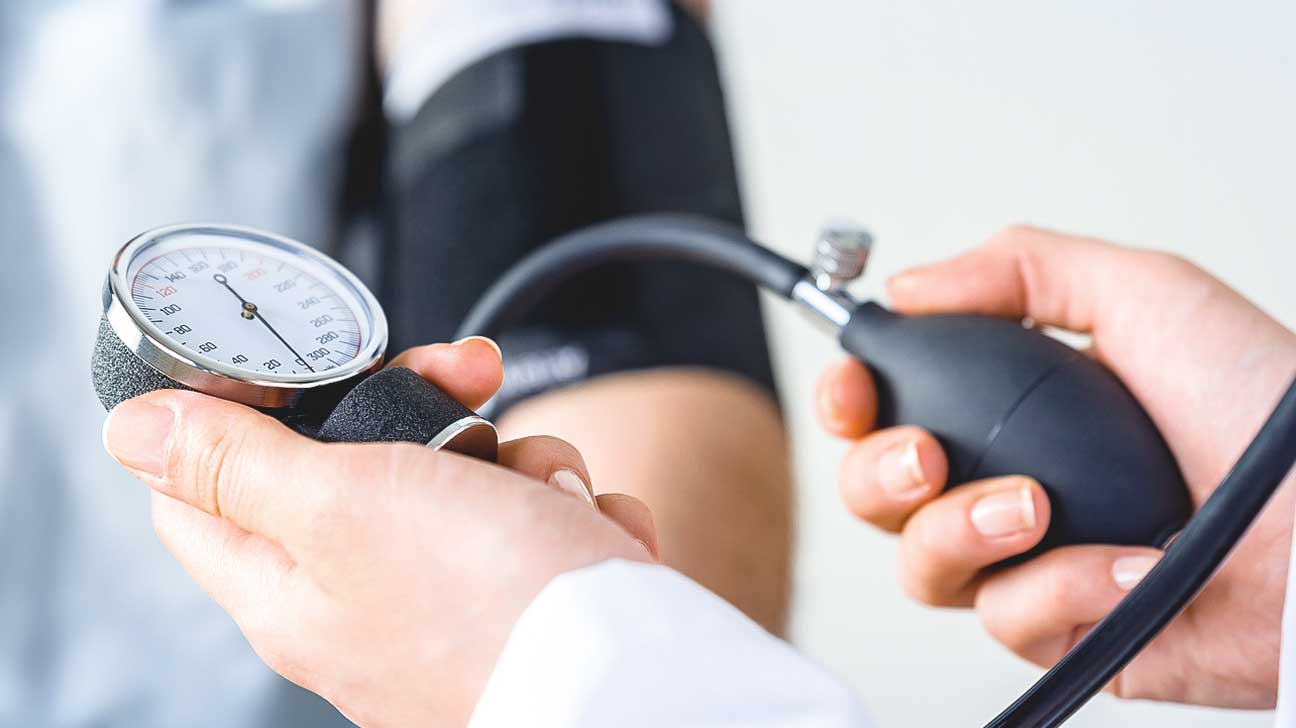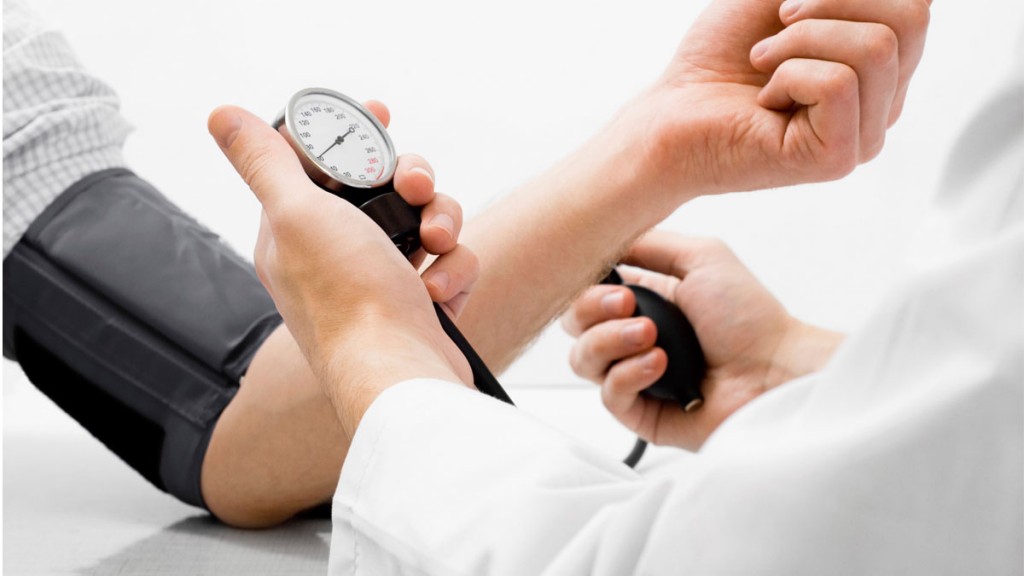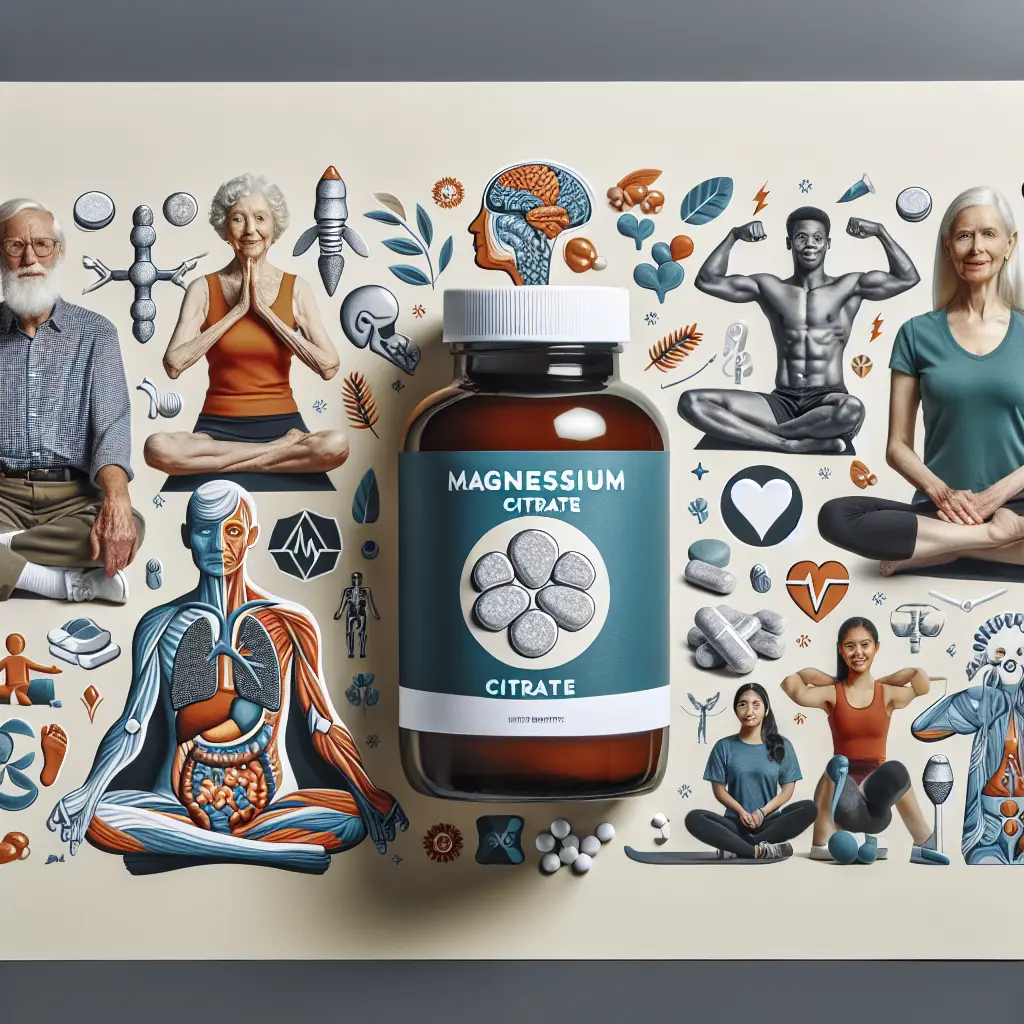Hypertension – Know It the Better Way!

It’s often called the “silent-killer” as a majority of individuals are not aware that they have hypertension. Actually, approximately 70 million adults are suffering from hypertension – that’s 1 in every 3 adults. Merely half (55%) of the population have their condition under control. Even though not all risk factors are in your control, you can take steps to control or prevent hypertension, generally named as high blood pressure. It’s the #1 risk factor for stroke, and individuals with high blood pressure at a higher risk for having a heart attack.
As per the projected data, present estimates state that roughly 40% urban Indians above 30 years of age are said to be hypertensive and for the rural population the figures are about 25%. The basic reason for this harsh rise in the incidence of the disease, particularly amongst younger Indians is the drastic lifestyle modification in the neo-middle class population of India. A large number of individuals erroneously suppose that high blood pressure is highly common among males, and is also an equal occasional ailment. Starting from the age of 65, females are actually more liable to suffer from this disorder as compared to the males. The good news is that high blood pressure can repeatedly be controlled or managed by living a healthy lifestyle and running with your healthcare provider.
THAT SOUNDS CREEPY. WHAT ARE THE SIGNS AND SYMPTOMS PEOPLE MUST BE CAREFUL ABOUT?
Hypertension is an ailment usually named as “silent killer” as it is incapable of defining the initial disease with evident signs and symptoms. In serious conditions, the disorder might exhibit a group of characteristics such as headaches, drowsiness, nausea, vomiting, tinnitus, hazy vision, etc in diverse people. On the other hand, the symptoms are biased with the single individual illustrating composite features or in certain conditions; the ailment may be located on a routine assessment.
Hypertension
Early onset of hypertension in urban population involves certain lifestyle factors such as increased obesity index together with sedentary sluggish lifestyle with shortage of physical exercise working as chief contributors. In addition, intake of high salt-diet, long-term alcoholism and stress, as well as smoking have also appeared as other chief adaptable factors.
Secondary hypertension is referred to a condition in which the high blood pressure is the result of another causative condition or an ailment, such as kidney, thyroid, adrenal or pituitary glands disorders, sleep disorders, pregnancy, or as an adverse effect of particular medications approved for other disorders. Though, the treatment of secondary hypertension is based upon the detection and treatment of the underlying cause.
SEDENTARY LIFESTYLES
Urbanization and modernization have made life easy, but one can argue we have it too easy. Desk jobs, coupled with a sedentary lifestyle make us more susceptible to lifestyle diseases.
What is systolic and diastolic blood pressure?
Systolic pressure is defined as the force of the blood against the artery walls as your heart beats. While, diastolic pressure is the blood pressure between the heartbeats. (120/80 mm Hg signifying: systolic pressure = 120 and diastolic pressure = 80.)
What is a normal blood pressure?

The blood pressure is said to be normal, when the systolic pressure is less than 120 mm Hg and diastolic pressure is less than 80 mm Hg.
- “Prehypertension” stage is when the systolic pressure ranges between 120 and 139 mm Hg or diastolic pressure lies in the range of 80-89 mm Hg.
- Stage 1 Hypertension is systolic pressure of 140-159 or diastolic pressure of 90-99 mmHg.
- Stage 2 Hypertension is systolic pressure of 160 or greater or diastolic pressure of 100 or greater.
When high blood pressure is followed by irregular blood sugar and cholesterol levels, it results in the destruction of your kidneys and arteries, in addition your heartbeat starts accelerating in an exponential manner.
Luckily, hypertension is easy to detect and treat. Over 200 diverse medicines are present in order to treat this common ailment, signifying if you experience side effects from a particular medication, possibilities are good that you and your doctor can come across an effectual substitute that doesn’t result in those effects. But everybody with hypertension issue must also make a serious effort to have a healthy diet and regular exercise is must, which can, in some instances, bring blood pressure to a normal range without the help of a medicine.
In terms of healthy eating, there’s now a clear consent to have in less amount of salt, the principal source of sodium in the diet. Americans presently eat approximately 3,400 mg of sodium on a daily basis. But the anticipated 2010 Dietary Guidelines for Americans claim below half that quantity – about 1,500 mg. In this report, you’ll find detailed information on high blood pressure. With the information available today, there is no need to call hypertension a killer any more.
WHAT YOU MUST DO TO MANAGE OR PREVENT HYPERTENSION?
Primary hypertension is an extremely flexible condition which can be managed with modification in lifestyle counting with regular physical exercise, food habits, obesity and weight reduction assessments. A healthy diet, including the DASH (Dietary Approaches to Stop Hypertension) diet, is found successful in helping to lower high blood pressure. The diet calls for a certain number of daily servings from several food groups, together with fruits, veggies, as well as whole grains.
Do not let yourself become a prey of this silent killer. You can execute this by making a few easy modifications in your life. Modify your eating habits. Start with an exercise routine. Take your medication as recommended by doctors and you can have a control on your blood pressure levels and ensure a healthier tomorrow!!


